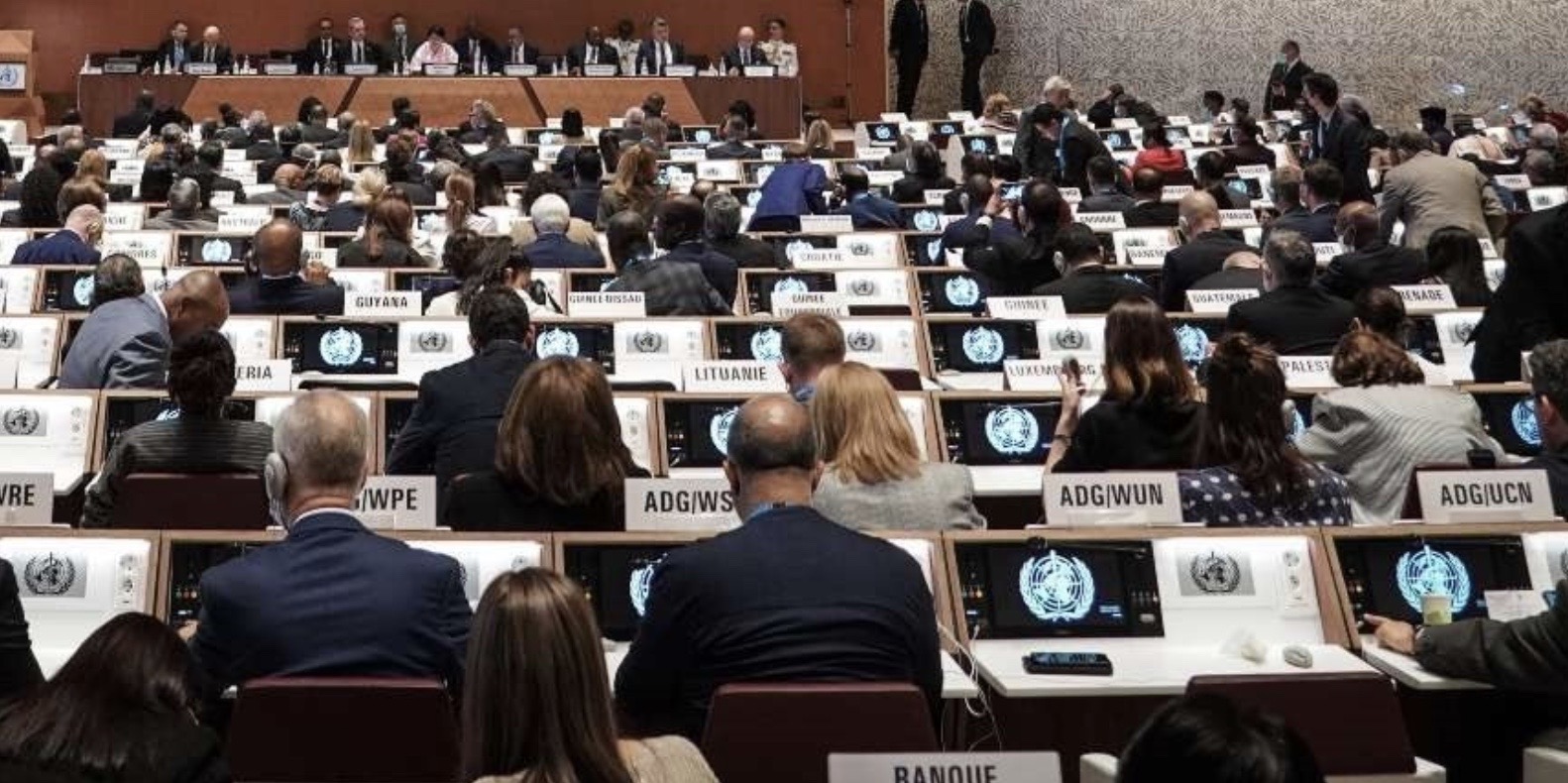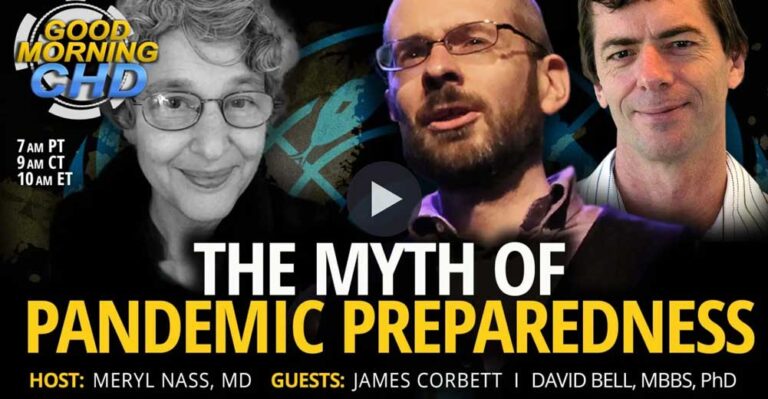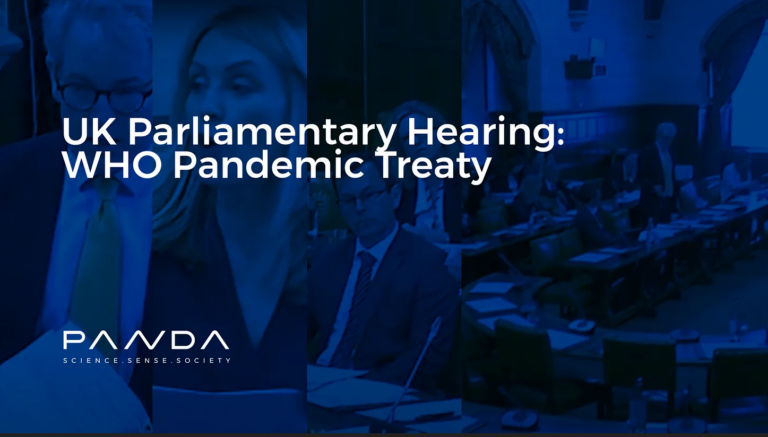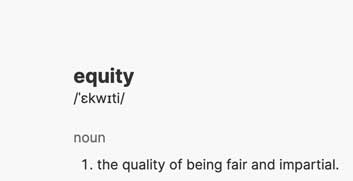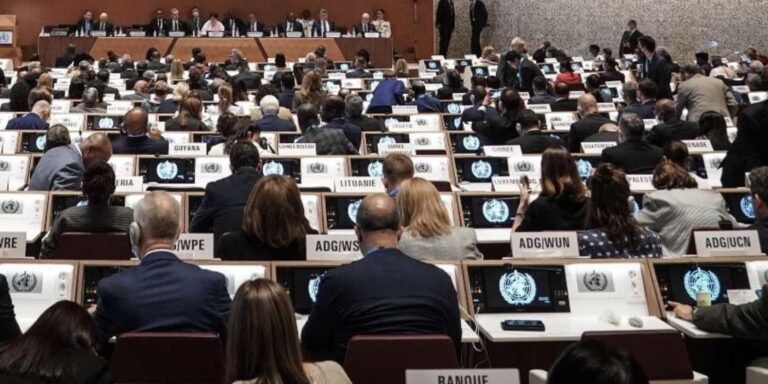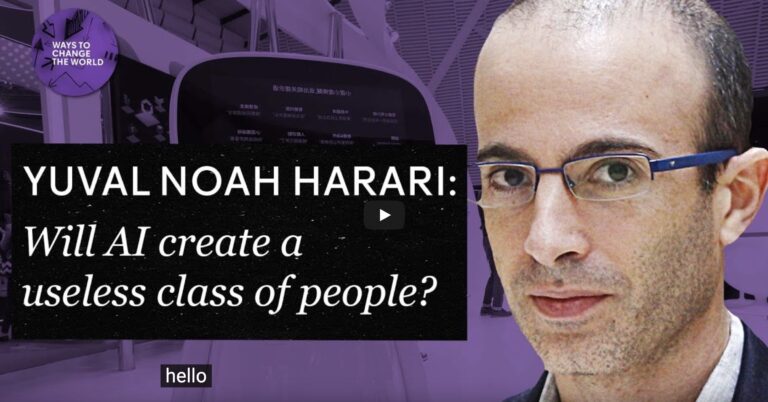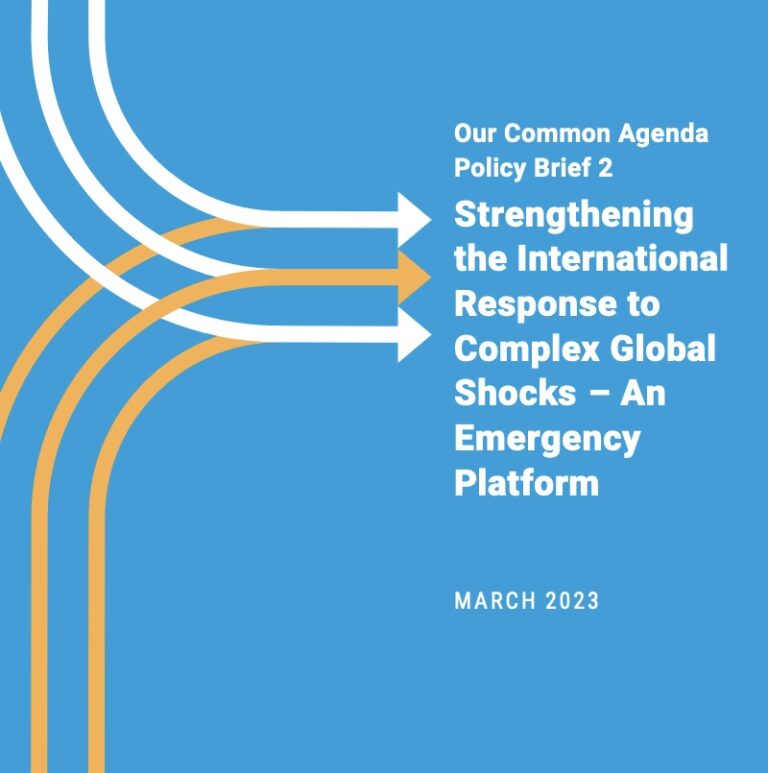The Bureau’s Text of the WHO CA+ (AKA: the “Pandemic Treaty”)
In response to what is essentially an international trade dispute, a special session of the World Health Assembly decided on December 1, 2021 to create an Intergovernmental Negotiating Body (INB) to launch a process to develop an historic global accord under the Constitution of the World Health Organization to strengthen pandemic prevention, preparedness and response.
“Article 19 of the WHO Constitution provides the World Health Assembly with the authority to adopt conventions or agreements on any matter within WHO’s competence. The INB will submit its outcome for consideration by the 77th World Health Assembly in May 2024. The sole instrument established under Article 19 to date is the WHO Framework Convention on Tobacco Control.”(1)
In early April 2022, a total of 33,884 public comments were received by the WHO. Over 99% of the comments voiced opposition to the idea of a “Pandemic Treaty.” (2)
In September 2022, several hundred video submissions were received by the WHO. The majority of the videos submitted by individuals voiced opposition to the idea of a “Pandemic Treaty.” (3)
The INB has held 5 official meetings and has published a Working Draft (4), a Conceptual Zero Draft (5), a Zero Draft (6) and a Bureau’s Text (7). The controversial “compilation text,” which is purported to include approximately 200 pages of text proposed by the member nations, has not been made available to the public.
“Many states, particularly those low and middle income countries that have suffered from being unable to purchase COVID-19 vaccines, are demanding that equitable access and distribution is included into the pandemic instrument.” (8)
Details from the Bureau’s Text are below…
Chapter I
“The objective of the WHO CA+, guided by equity, the right to health and the principles and approaches set out herein, is to prevent pandemics, save lives, reduce disease burden and protect livelihoods, through strengthening, proactively, the world’s capacities for preventing, preparing for and responding to, and the recovery of health systems from, pandemics.”
Chapter II
The WHO CA+ seeks significant investment (Article 19) in public health surveillance (Article 4), preparedness, readiness and resilience (Article 5), monitoring and review (Article 8), research and development (Article 9) and liability and risk management (Article 10).
Significant questions still need to be resolved regarding the control of intellectual property (Article 11).
It also seeks to set up a supply chain and logistics network (Article 13) and a Pathogen Access and Benefits Sharing system (Article 12) that would require that 20% of all pandemic response products be controlled by the WHO.
The WHO CA+ would also implement the One Health Approach (Article 5) through a whole-of-government and whole-of-society approach at the national level (Article 16) according to each member nation’s common but differentiated responsibilities and respective capabilities (Principle 7 and Article 17).
The WHO CA+ would also empower the Parties to tackle false, misleading, misinformation or disinformation, promote and facilitate infodemic management and social listening. (Article 18)
Chapter III
The Conference of the Parties shall be comprised of delegates representing the Parties to the WHO CA+ and would also include observers as follows:
(a) representatives of the United Nations and its specialized and related agencies, as well as representatives of any State Member thereof or observers thereto that are not Party to the WHO CA+; and
(b) representatives of any body or organization, whether national or international, governmental or nongovernmental, private sector or public sector, which is qualified in matters covered by the WHO CA+. (Article 20)
The Conference of the Parties would also be empowered to adopt amendments (Article 32), annexes (Article 33) and protocols (Article 34) at future meetings held after adoption of the original agreement.
Parties could choose to provisionally apply the WHO CA+ immediately after adoption (Article 38).
The work of the INB continues under the continued understanding that “nothing is agreed until everything is agreed.”
Footnotes
(1) https://www.who.int/news/item/01-12-2021-world-health-assembly-agrees-to-launch-process-to-develop-historic-global-accord-on-pandemic-prevention-preparedness-and-response
(2) https://view.officeapps.live.com/op/view.aspx?src=https%3A%2F%2Finb.who.int%2Fdocs%2Flibrariesprovider13%2Fdefault-document-library%2Finb-first-round-public-hearings-written-contributions.xlsx%3Fsfvrsn%3D275459d6_7&wdOrigin=BROWSELINK
(3) https://inb.who.int/docs/librariesprovider13/default-document-library/inb-public-hearings—video-list-(final).pdf?sfvrsn=242677f2_3
(4) https://apps.who.int/gb/inb/pdf_files/inb2/A_INB2_3-en.pdf
(5) https://apps.who.int/gb/inb/pdf_files/inb3/A_INB3_3-en.pdf
(6) https://apps.who.int/gb/inb/pdf_files/inb4/A_INB4_3-en.pdf
(7) https://apps.who.int/gb/inb/pdf_files/inb5/A_INB5_6-en.pdf
(8) https://www.bmj.com/content/377/bmj.o1279

